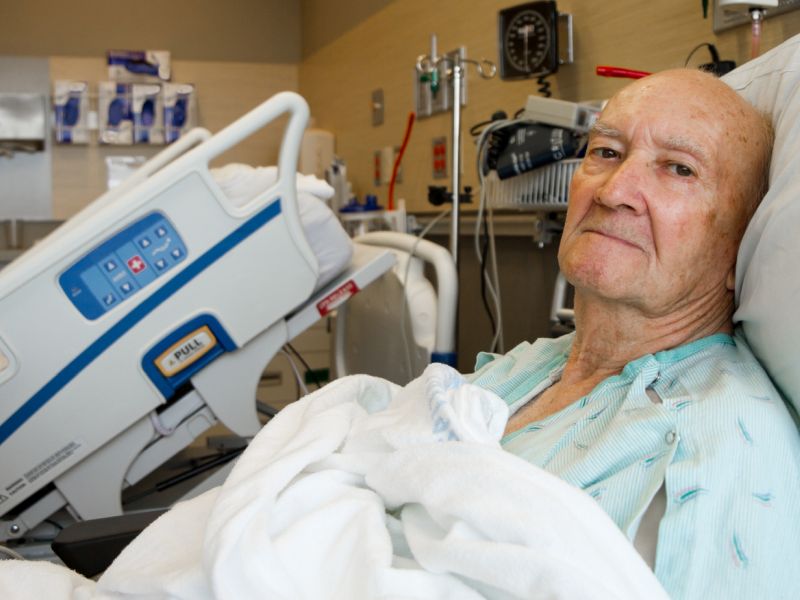TUESDAY, July 9, 2019 (HealthDay News) — For the sick or elderly, a urinary tract infection (UTI) can prove deadly. With many vulnerable patients developing UTIs post-discharge, a new study suggests that better monitoring is needed after leaving the hospital.
Researchers at Oregon State University explored more than 3,000 at-risk patients. The study revealed that the risk of infection tripled once patients went home.
UTIs are the most common type of health care-related infection, according to the National Healthcare Safety Network. While the infection is usually harmless for the young, it can have deadly consequences for the elderly.
“If left untreated, UTIs can progress to more serious disease such as sepsis,” said study author Jessina McGregor, associate professor at OSU’s College of Pharmacy.
Catheters — thin tubes used to drain urine from the bladder in bedbound patients — cause most hospital-acquired UTIs, the report noted.
Though severe UTIs can cause symptoms such as vomiting, fever, shaking and chills, a mild infection can be difficult to detect at first.
“In elderly patients, diagnosis of urinary tract infections can be challenging since advanced age also results in some of the symptoms often attributable to UTI, such as increased urination frequency or urgency,” McGregor said
A constant urge to urinate and pain or burning while urinating are hallmarks of a UTI. Once discovered, the infection can be treated with antibiotics. But the issue is twofold: If a doctor misdiagnoses symptoms of aging as an infection, McGregor is unsure if the cost of treatment outweighs the precautionary benefits.
“We are worried about elderly patients being treated for UTI when in fact their symptoms are not due to an infection,” McGregor said. “Unnecessary use of antibiotics puts the patients at risk for drug-associated side effects without offering any potential benefits.”
The study showed that about 11 patients per 1,000 developed a UTI in the hospital. About 30 per 1,000 developed a UTI within a month of going home. As patients are experiencing shorter hospital stays than ever, improving the transition from hospital to home is essential to solving this problem, the researchers said.
“During transitions of care, health care providers need to have open lines of communication to ensure they have a complete picture of a patient’s medical history when providing care,” McGregor said.
Dr. Thomas Finucane, a geriatrician at Johns Hopkins Bayview Medical Center in Baltimore, explained why providing antibiotics for unconfirmed UTIs isn’t favorable.
“We used to think the urinary tract was sterile; this was the basis for many decisions about giving antibiotics,” said Finucane, who wasn’t part of the study. “But now we know that the urinary tract has a microbiome and is, in fact, never sterile.”
The lack of sterility in the urinary tract could mean that some symptoms of a UTI can be present in healthy individuals. This idea implies that the UTI diagnosis is overused and patients don’t always need antibiotics.
“In most cases, if a young or middle-aged woman develops painful urination, it’s safe to take pain meds and observe carefully,” Finucane said. “But most of the time it gets better by itself.”
The study can’t prove that the infections were picked up in the hospital. But the link is strong enough to support further research, McGregor said.
The study was published recently in the journal Infection Control & Hospital Epidemiology.
More information
For more about UTIs, visit the American Urological Association.
Copyright © 2025 HealthDay. All rights reserved.

